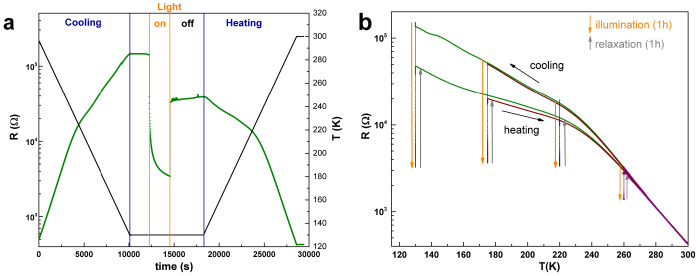Figure 4. Germanium (100), MTI sample, resistance measurements.
(a), resistance R as a function of time during cooling from 300 K to 130 K. Light is turned on at ~12200 s, λ = 405 nm, 80 mW/cm2. The drop of resistance is caused by the photogenerated charge carriers. After switching off the light at ~14600 s the resistance doesn't return to its initial value R0, but only to ~0.5 R0, which is clear evidence for a persistent charge carrier accumulation in the sample. The slow increase of R as a function of time indicates the slow recombination of electrons trapped at the surface with accumulated holes close to the surface. At ~18300 s a slow warmup of the sample to 300 K is initiated. (b), R as a function of temperature T. The sample was cooled in the dark to various temperatures and illuminated for 1 h at that temperature, followed by a wait (“relaxation”) for 1 h in the dark, and a slow warmup to 300 K. The cooling and warming-after-illumination curves merge between 260 and 280 K, which matches exactly the temperature range where the μSR data show the thermally activated recombination of surface electrons with accumulated holes near the surface.

